In the cosmetics industry, plastic packaging is a crucial component of products, not only affecting the appearance and texture of the product but also directly related to its safety and brand image. As a buyer, identifying cosmetic plastic packaging traders and manufacturers is essential as it directly impacts key factors such as procurement costs, product quality, and delivery time. Here are some suggestions to help buyers effectively distinguish between the two.
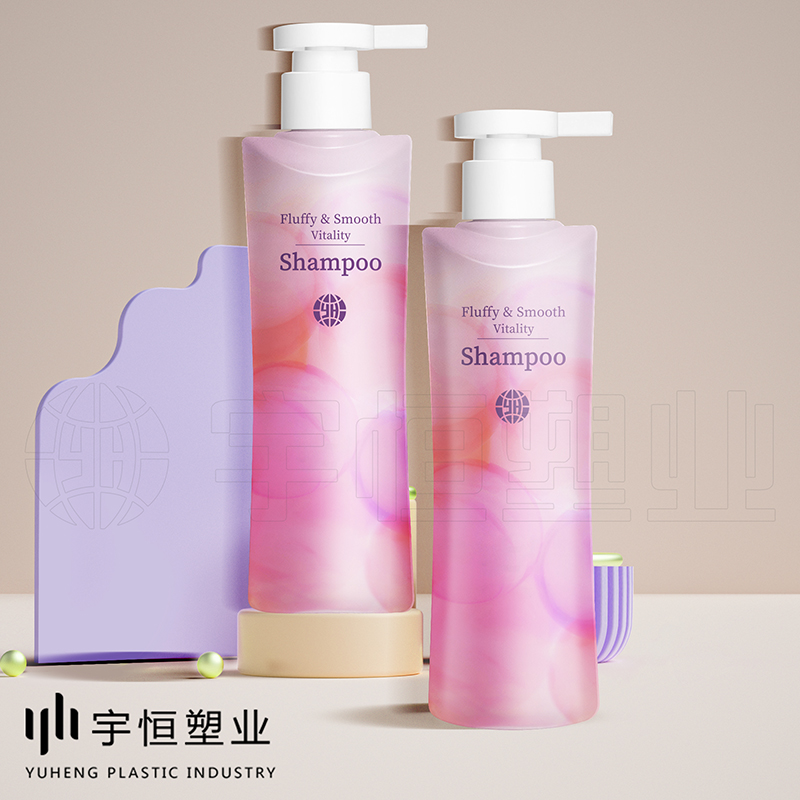
1. Understanding the Nature of the Business
Trader: Primarily engaged in the intermediary role of buying and selling goods. They purchase products from manufacturers or other channels and then resell them to end users or downstream enterprises. Traders usually do not directly produce products but focus on sales and marketing.
Manufacturer: Owns its own production lines and factories, responsible for product production, quality control, and shipment. Manufacturers are often able to customize production according to customer needs and provide professional technical support and after-sales service.
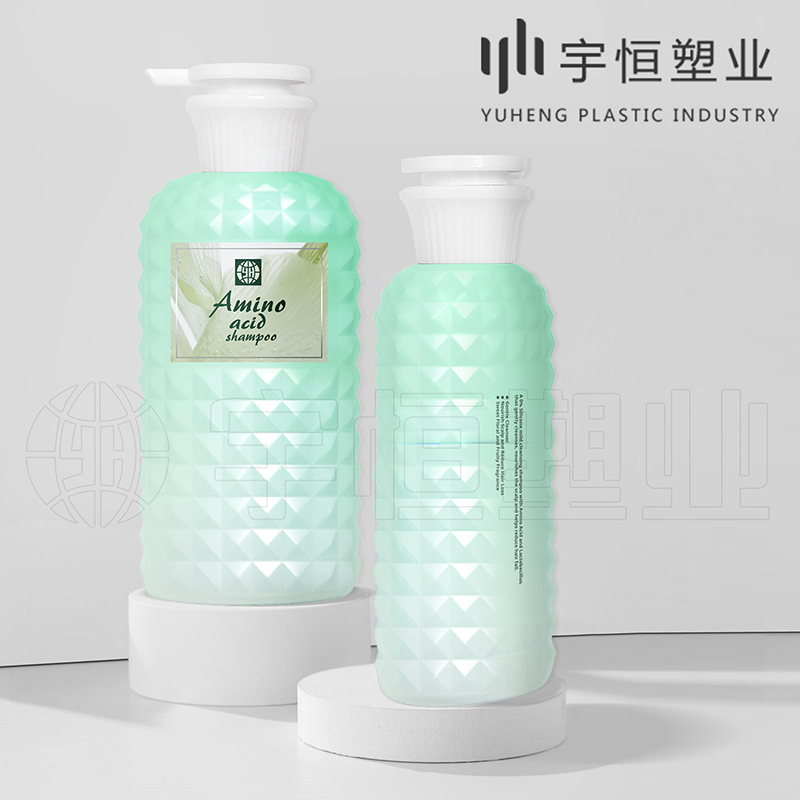
2. Assessing Company Strength
Trader: May have flexible sales strategies and a wide customer network but relatively weak production and technical capabilities. Buyers can assess the overall strength of the company by examining its registered capital, business scope, customer cases, and other aspects.
Manufacturer: Usually has comprehensive production facilities and technical teams that can provide stable product supply and technical support to customers. Buyers can conduct on-site visits to factories, understanding production lines, testing equipment, staff quality, and other aspects to assess its production capacity and management level.
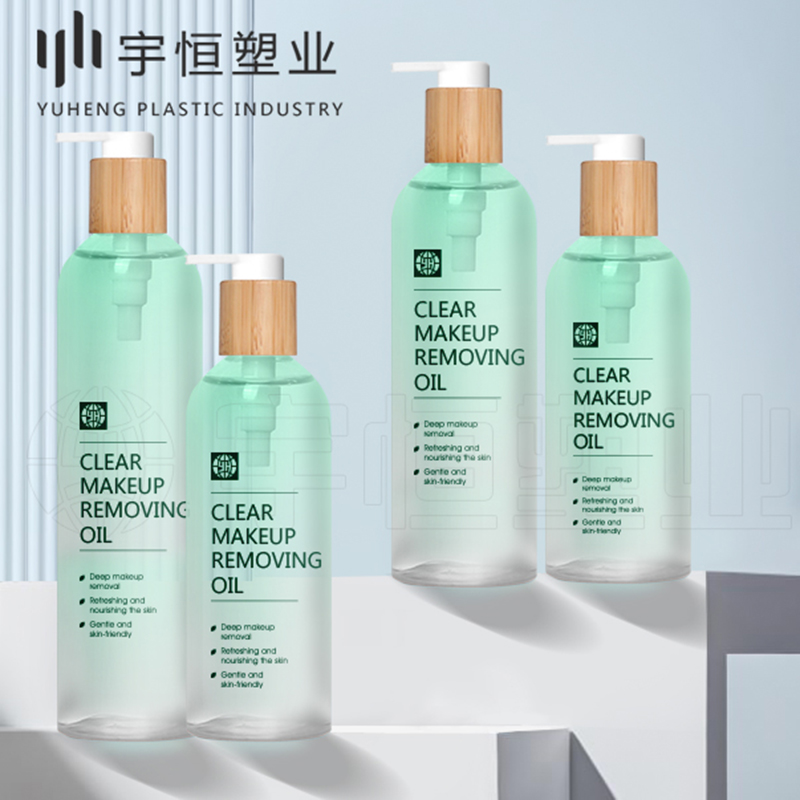
3. Understanding Product Origin
Trader: Their product sources may be wide-ranging, purchasing from multiple manufacturers or suppliers. Buyers can inquire about product origins, examine product labels and quality inspection reports to understand the production location and quality assurance of the products.
Manufacturer: Their products directly originate from their own production lines, with relatively stable product quality and supply capabilities. Buyers can communicate directly with manufacturers to understand their production processes, raw material sources, and quality control measures.
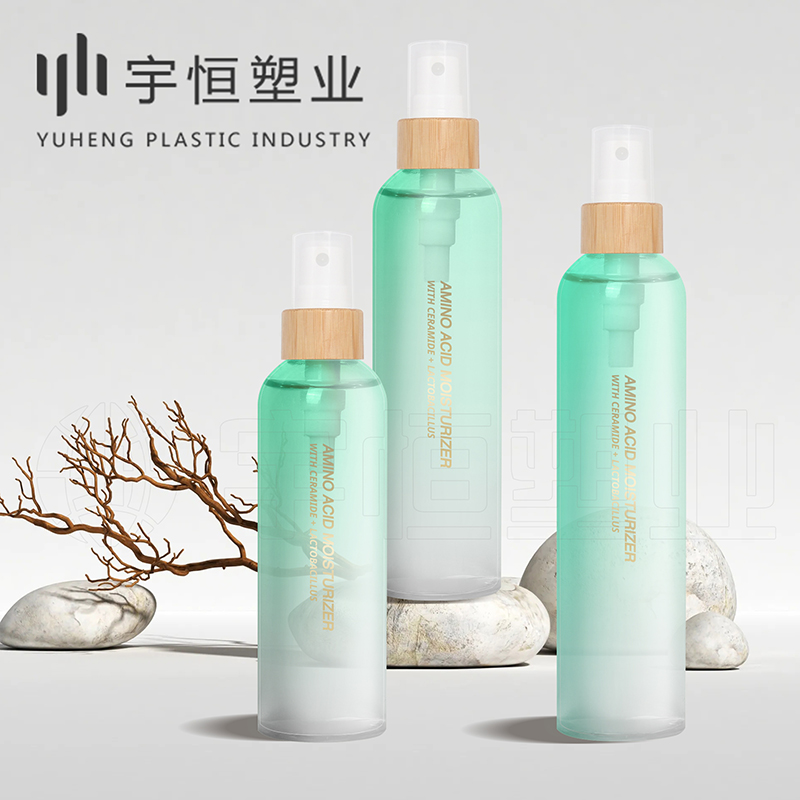
4. Comparing Prices and Services
Trader: Due to their business nature, traders may offer certain discounts or concessions on prices to attract customers. However, buyers need to be vigilant against low-price traps and avoid purchasing inferior or fake products. At the same time, buyers should also pay attention to the trader's service quality, such as delivery time and after-sales service.
Manufacturer: With production capabilities and technical strength, manufacturers can often provide more competitive prices and superior services. Buyers can negotiate terms such as price and delivery time with manufacturers and choose the appropriate cooperation method based on actual conditions.
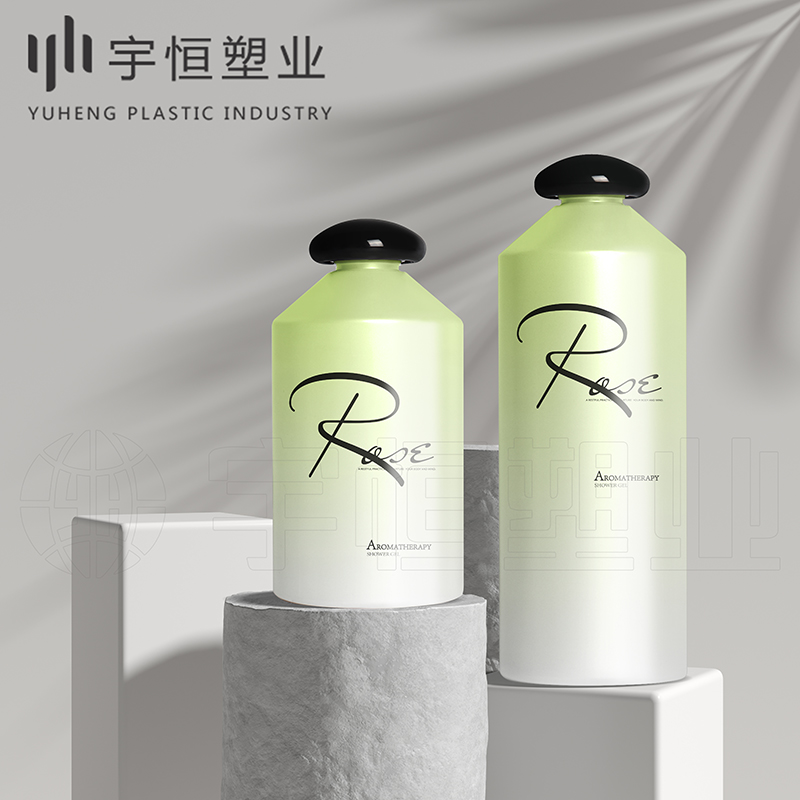
5. Paying Attention to Industry Trends and Credibility
Trader and Manufacturer: Buyers need to pay attention to industry trends and market changes, understanding the credibility and reputation of various traders and manufacturers. They can obtain relevant information by consulting industry reports, customer reviews, and social media to better select partners.

In conclusion, as a buyer, identifying cosmetic plastic packaging traders and manufacturers is a crucial step in ensuring procurement quality and reducing costs. By understanding the nature of the business, assessing company strength, understanding product origin, comparing prices and services, and paying attention to industry trends and credibility, buyers can effectively distinguish between traders and manufacturers and select suitable partners.




